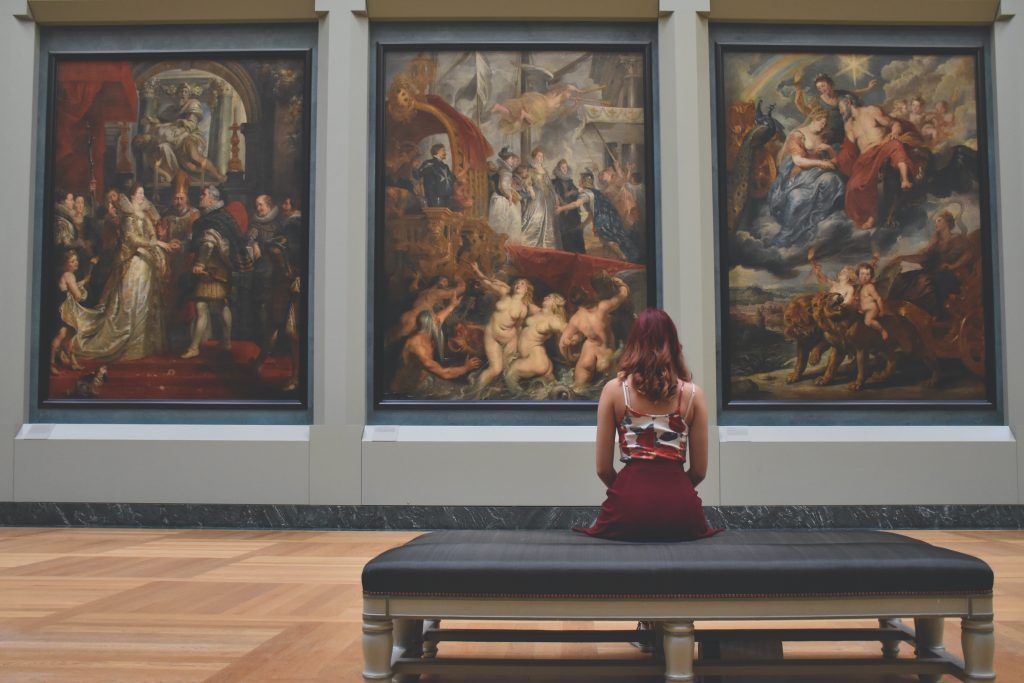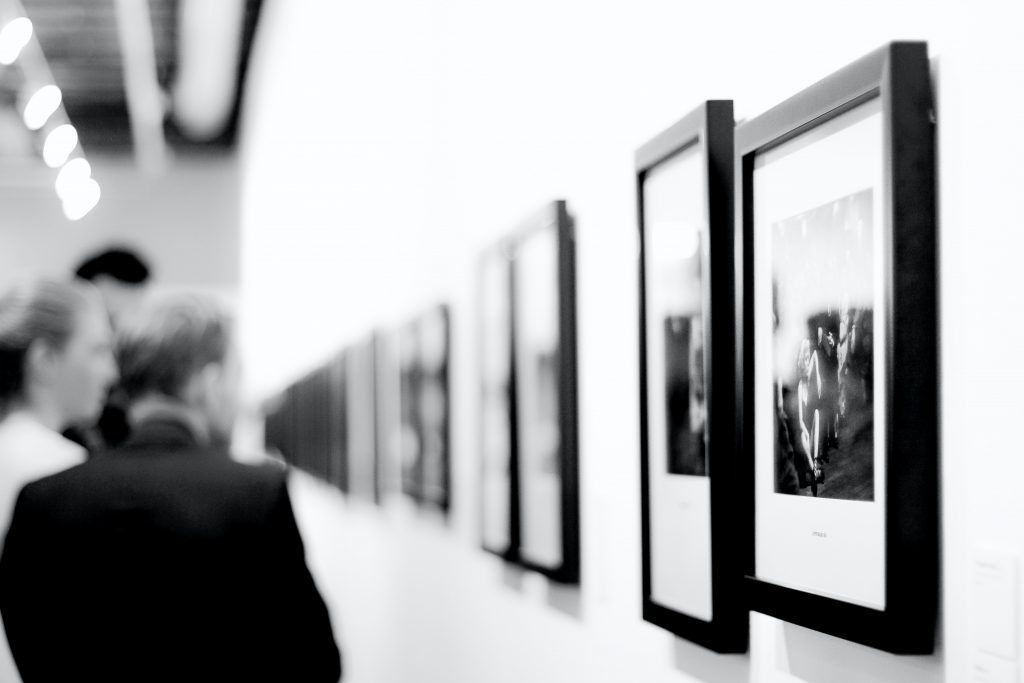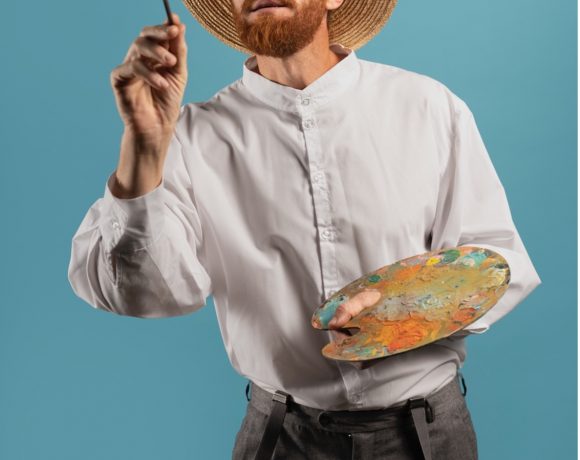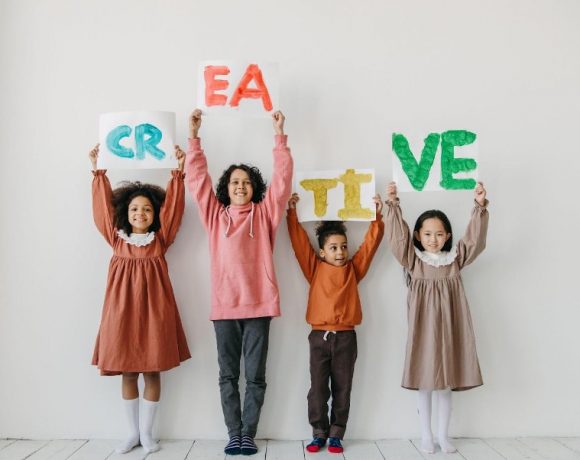The onset of technological advancements has dramatically impacted human society and the modes of socialization. While all fields have embraced change to accommodate this paradigm shift, mass culture has dealt the most significant blow on the fine arts industry.
Besides changing the form and view of fine arts, media culture has redefined the audience of fine art and enabled budding artists to unleash their creativity. This article views the impact of media culture on fine arts and the views of various professionals.
Who are These Professionals?
We sampled four professionals with vast exposure in either field for a better glance into the relationship between fine arts and media culture. Our research entails the views of Lee Rainee, Sandra Arnold, Daron Fogelson, and Eyal Gever.
Rainee is the director of internet and technological research for the Pew Research Center. Their publication (Impact of Mass Media on Fine Arts) with Kristin Thomson and Kristen Purcell outlines the benefits and threats posed by mass media to the fine arts industry.
Doron is the vice president for media and entertainment practice at dataart.com and has vast software development and business analysis exposure. Eyal Gever is an Israeli 3D digital sculptor, and Sandra Arnold an author at AmericanVideotape.com with vast exposure to media culture.
What are Mass Culture and Fine Arts?
To understand the correlation between fine arts and media culture, we must define each field. Media culture refers to the overall impact and intellectual direction provided by mass media.
This refers to the culture that arises under the influence of mass media. On the other hand, fine arts mainly hold an aesthetic value and have a minor functional role.

Image via Pexels
The Impact of Media Culture on Fine Arts
- Access to a Larger Audience
The strive for new clients is a primary goal for many private establishments. Unlike previous years, visits to galleries and art showrooms have been on a constant drop.
This is mainly because millennials have been accustomed to socializing and transacting on online social platforms. Fogelson cites millennials as the primary online consumers of fine art, necessitating an outreach approach that promotes optimal interactions with millennials.
Unlike traditional galleries, mass media exposes fine art to larger specific audiences, thus promoting individual styles. According to Gever, this helps diversify the art industry compared to the traditional dogmatic approach, where gallery owners determined what was suitable for the audience.
The sophistication of technology allows budding artists to break into the field and gain exposure without being overshadowed by famous works.
Unlike showrooms where renowned artists had better chances of landing a spot on the gallery walls, media culture creates room for different styles and tastes and connects artists to the right audience.
- Monetization of Artwork
At an Artist’s Level
Although media culture ranks as an excellent tool for maximizing the consumer base of fine arts, it is more limiting to individual growth. First, arts have been leveraged as tools for advertisement (Impact of Mass Media on Fine Arts, 2013), thus offer the most benefits to large corporations and established graphic designers.
Even worse, the saturation of fine arts has presented artists with a challenge to monetize their work. This is significantly due to the plethora of royalty-free art platforms, which have instilled consumers with the notion that art should be free.
The publication further shows that fine arts exposure on digital platforms has caused decreased attendance at in-person events, thus crippling ticket sales at art galleries and expositions.
Sandra Arnold implores media culture for serving as a leeway for novice artists to realize optimal growth. Consequentially, this lowers the value of fine art and makes it hard for artists to earn a living from their skills.
However, talent exposure to a specific audience provides quality support, which artists require to advance their careers. Gever identifies one such benefit of media culture: it allows artists to enjoy crowdfunding and pursue their interests.

Image via Pexels
Art Galleries and Museums
Although media culture is associated with the downfall of galleries, Fogelson offers a neat approach that allows art galleries to expose their work to a larger audience and gain more income. Fogelson suggests the gamification of museums in virtual realities similar to Minecraft. This approach would appeal to millennials and broaden the sources of income to range from in-game purchases to licensing of cultural assets.
By embracing this approach, art museums could retain their publicity and gain the upper hand in event planning. Additionally, galleries could make the most of virtual events, thus exposing their work to a larger audience.
This allows for flexibility in operations, efficient ticket sales and also paves the way for digital arts.
- A Threat to Traditional Artistry
Like Sandra Arnold, many artists feel that media culture is slowly ridding art of the human touch. Unlike traditional artists, modern artists rely on a mouse, a touchpad, and a computer to create enigmatic output.
Even worse, there is a surge of AI projects which can produce quality art with little human intervention. This may impair judgment of quality art and make it hard for artists to gain a reputation in the field.
- A Boost in Creativity
Media culture has greatly revolutionized art to meet the demands of the current audience. Besides connecting artists to relevant markets, media culture grants artists all the essential tools to bring their creativity to life.
Final Verdict
Although the fine arts are essential for their aesthetic appeal, today they are significantly driven by mass culture. While the former threatens the traditional arts field, it offers an excellent chance for fine art to grow in value and popularity.
For this, artists have to collaborate with current and upcoming technologies and adapt to the changes in consumer demands.
Author Bio: Timothy Miller is an author with vast exposure to software development, online art markets, and AI. Owing to his exposure, Miller offers academic and expert help on Mypaperwriter.com, thus helps students and employers resolve various challenges.
References:
Section 6: Overall Impact of Technology on the Arts. (2013). Retrieved 20 May 2021, from https://www.pewresearch.org/internet/2013/01/04/section-6-overall-impact-of-technology-on-the-arts/
Gever, E. (2012). Technology and art: Engineering the future. Retrieved 20 May 2021, from https://www.bbc.com/news/entertainment-arts-19576763









NO COMMENT